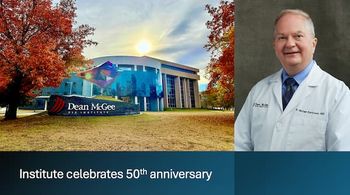
Urge caution on Fourth of July
Nearly 6,000 Americans spent part of their Fourth of July holiday in the emergency room in 2009 due to fireworks injuries, according to the U.S. Consumer Product Safety Commission. Of those, fireworks caused an estimated 1,600 eye injuries. The injuries included contusions, lacerations, and foreign bodies in the eye. Some injuries caused permanent vision loss.
Chicago-Nearly 6,000 Americans spent part of their Fourth of July holiday in the emergency room in 2009 due to fireworks injuries, according to the U.S. Consumer Product Safety Commission. Of those, fireworks caused an estimated 1,600 eye injuries.
The injuries included contusions, lacerations, and foreign bodies in the eye. Some injuries caused permanent vision loss.
According to the National Fire Protection Association, “safe and sane” fireworks cause more injuries than illegal fireworks, especially to pre-school aged children, in whom 50% of the total injuries were from sparklers. Prevent Blindness America (PBA) urges adults and children not to use consumer fireworks this year and instead only attend displays by licensed fireworks operators.
Eye-care professionals who are in an area where displays are not offered locally should consider recommending that their patients get the free PBA Safe Summer Celebrations brochure that includes safe ideas on how to celebrate the Fourth of July. Suggestions include face-painting, making patriotic desserts, and creating glow-in-the-dark T-shirts and hats.
PBA also offers its “First Aid for Eye Emergencies” sticker in both English and Spanish, free to the public. Brochures and stickers are available by calling 800/331-2020 or accessing
Newsletter
Don’t miss out—get Ophthalmology Times updates on the latest clinical advancements and expert interviews, straight to your inbox.


















































.png)


